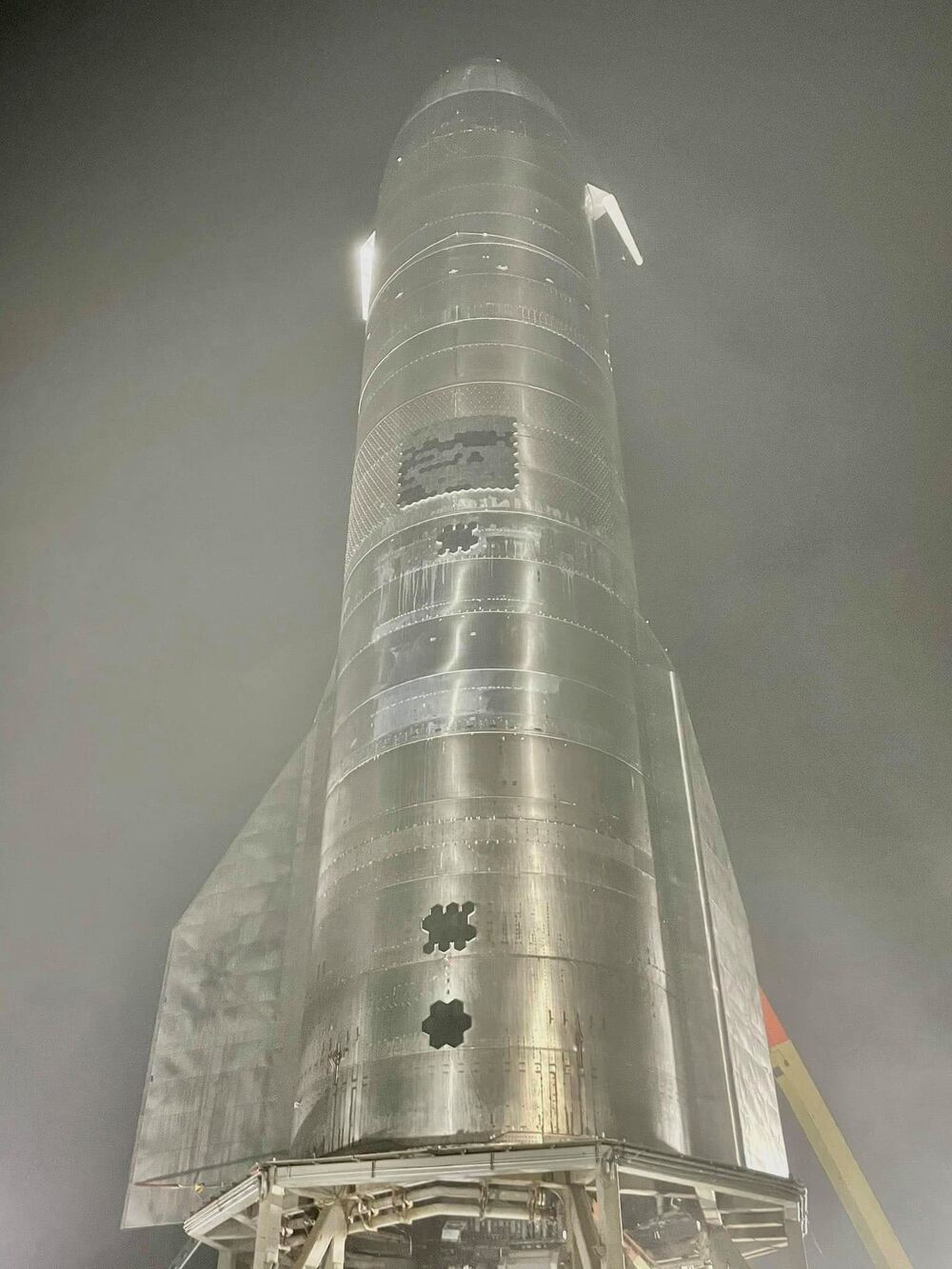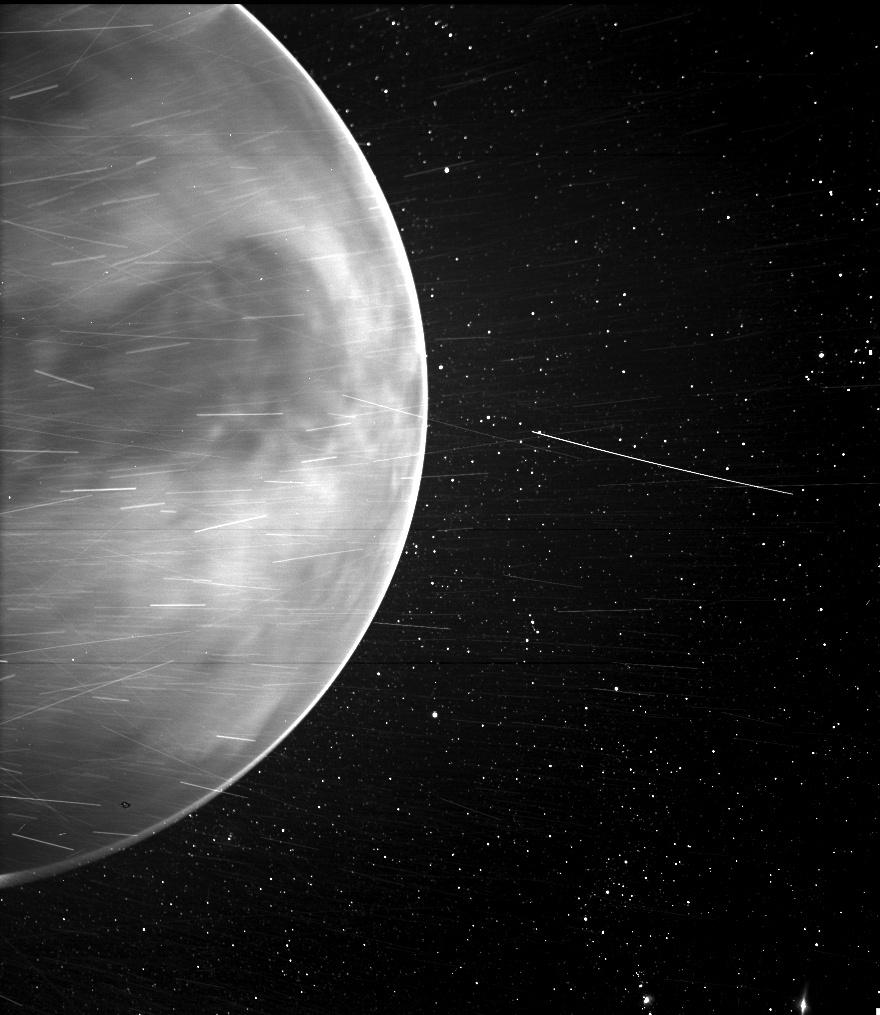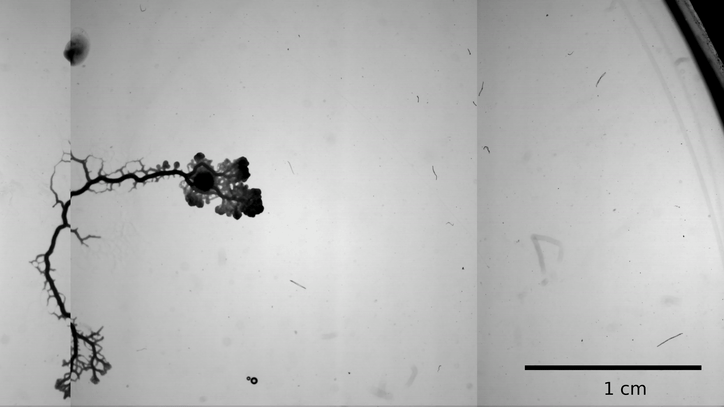Like.
Comment.


Another robot that cleans trash from bodies of water.
Self-charging, self-navigating and solar-powered! ClearBot was created by Hong Kong engineers as a cheap and effective tool for cleaning up ocean plastic. It det… See More.

Using the radial velocity (RV) technique, astronomers have discovered a new super-Earth alien world as part of the HADES and CARMENES programs. The newfound exoplanet, designated GJ 740 b, orbits a bright star some 36 light-years away and is at least three times more massive than the Earth. The finding is reported in a paper published February 18 on the arXiv pre-print server.

OEC promoting STEM education in Nigeria.
Natural language processing is on the cusp of changing our relationship with machines forever.
People often complain about both the high cost of energy and the fact that “they don’t have time to exercise.” This invention certainly solves both problems.

The unit has yet to actually send power directly back to Earth, but that technology has already been proven. If the project develops into huge kilometers-wide space solar antennae, it could beam microwaves that would then be converted into fuel-free electricity to any part of the planet at a moment’s notice.
Scientists working for the Pentagon have successfully tested a solar panel the size of a pizza box in space, designed as a prototype for a future system to send electricity from space back to any point on Earth.

Fascinating new image from NASA’s Parker Solar Probe flyby of Venus offers tantalizing near-infrared look at its surface.


But the “miracle poison,” as it’s also known, has been approved by the F.D.A. to treat a suite of maladies like chronic migraines, uncontrolled blinking, and certain muscle spasms. And now, a team of researchers from Harvard University and the Broad Institute have, for the first time, proved they could rapidly evolve the toxin in the laboratory to target a variety of different proteins, creating a suite of bespoke, super-selective proteins called proteases with the potential to aid in neuroregeneration, regulate growth hormones, calm rampant inflammation, or dampen the life-threatening immune response called cytokine storm.
When people hear botulinum toxin, they often think one of two things: a cosmetic that makes frown lines disappear or a deadly poison.
Mastcam-Z is one of the scientific instruments onboard NASA’s Perseverance rover. The two cameras create a multispectral, stereoscopic imaging instrument that can zoom in, focus, and take 3D pictures and video at high speed to allow detailed examination of distant objects.
Credit: NASA/JPL-Caltech/MSSS/ASU
Music: Mission to Mars by Audio Hertz courtesy of YouTube Audio Library.